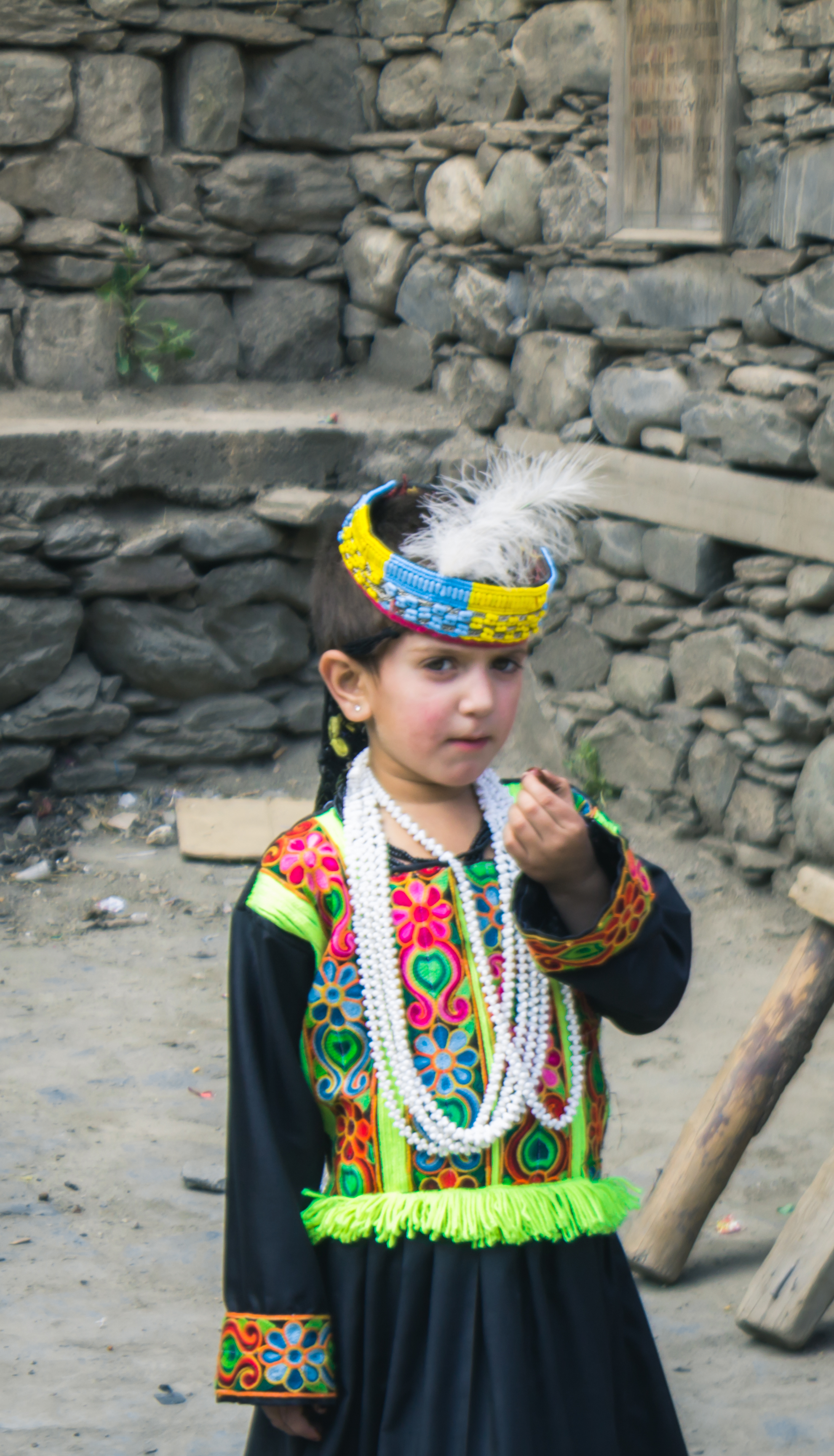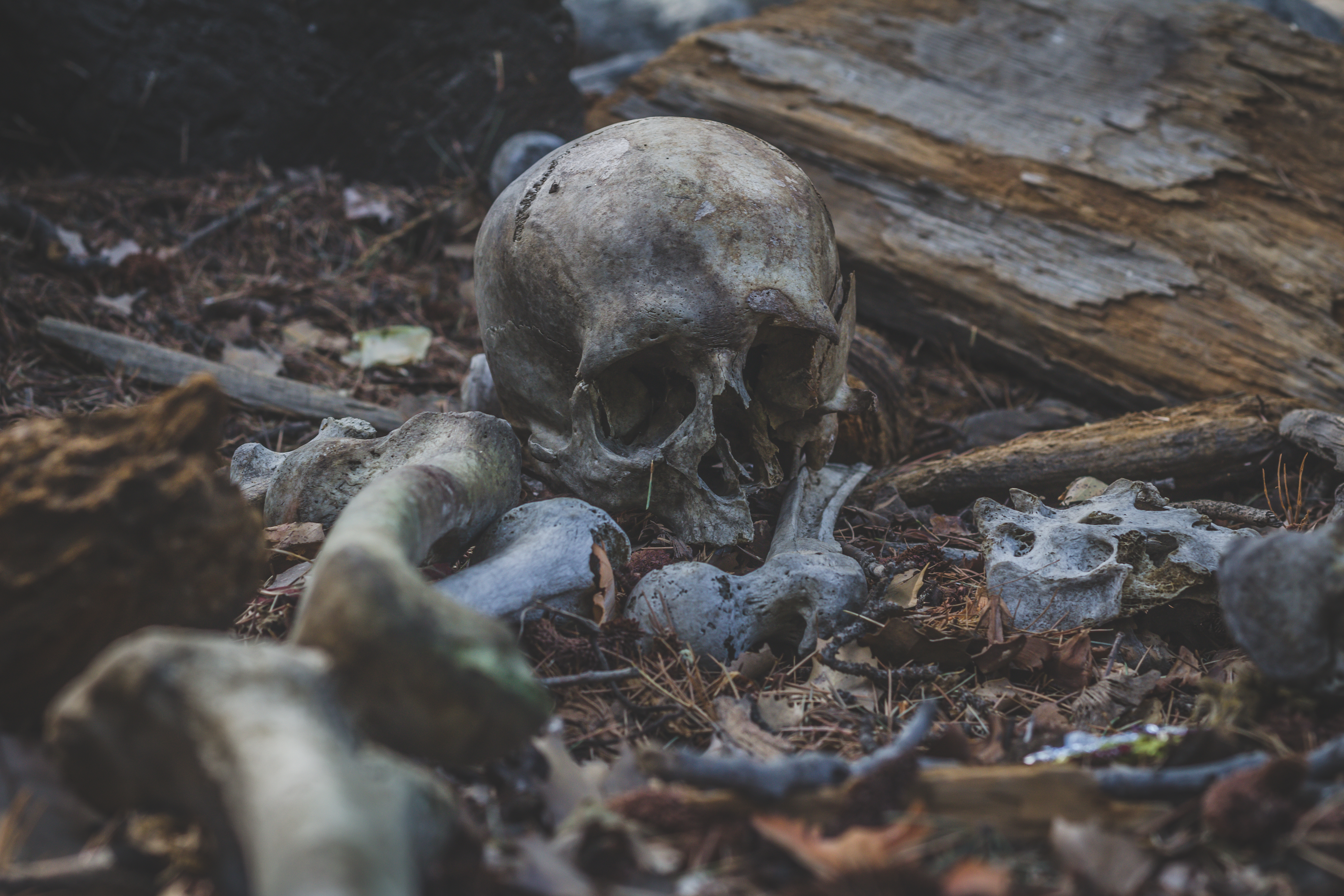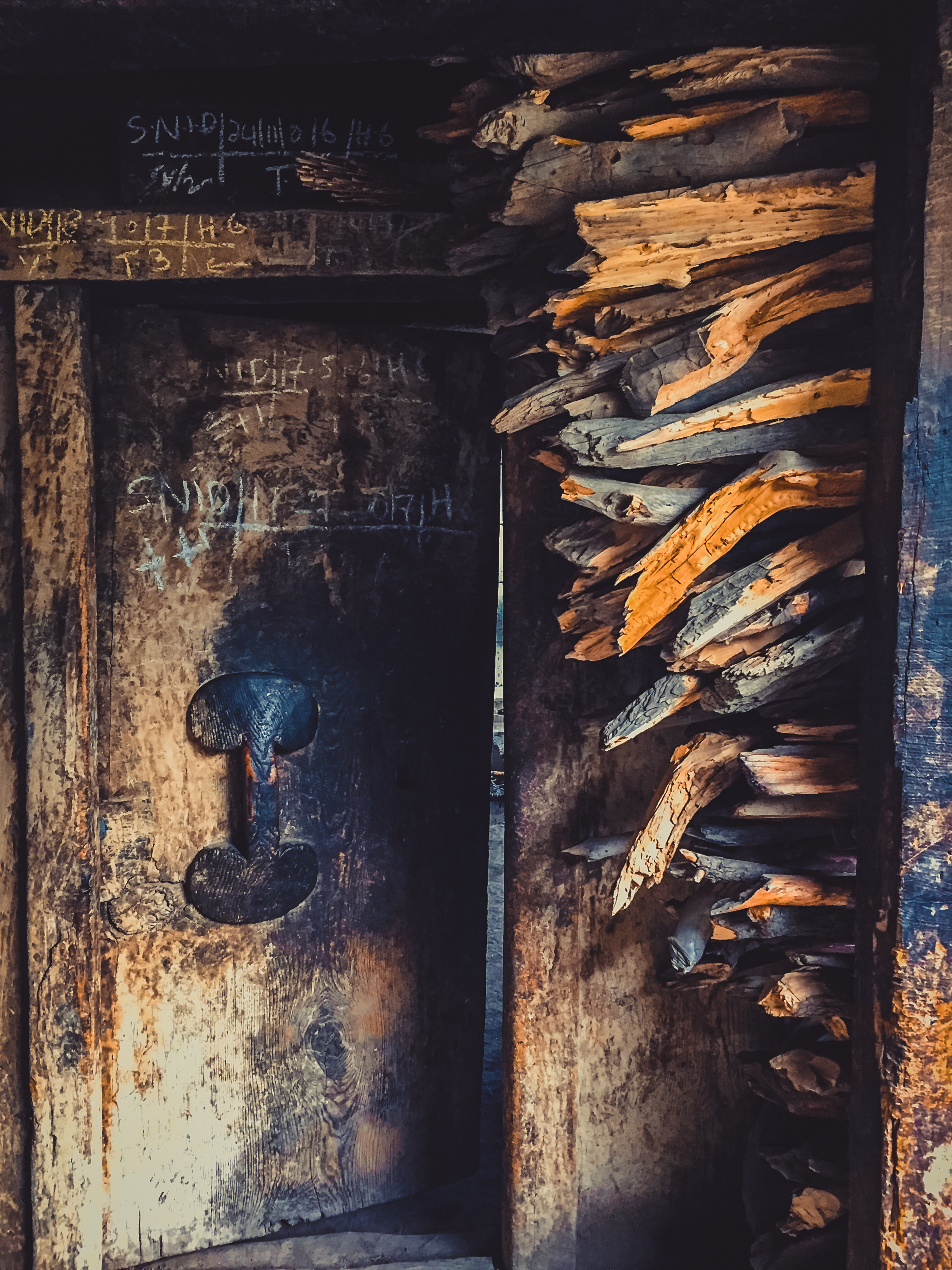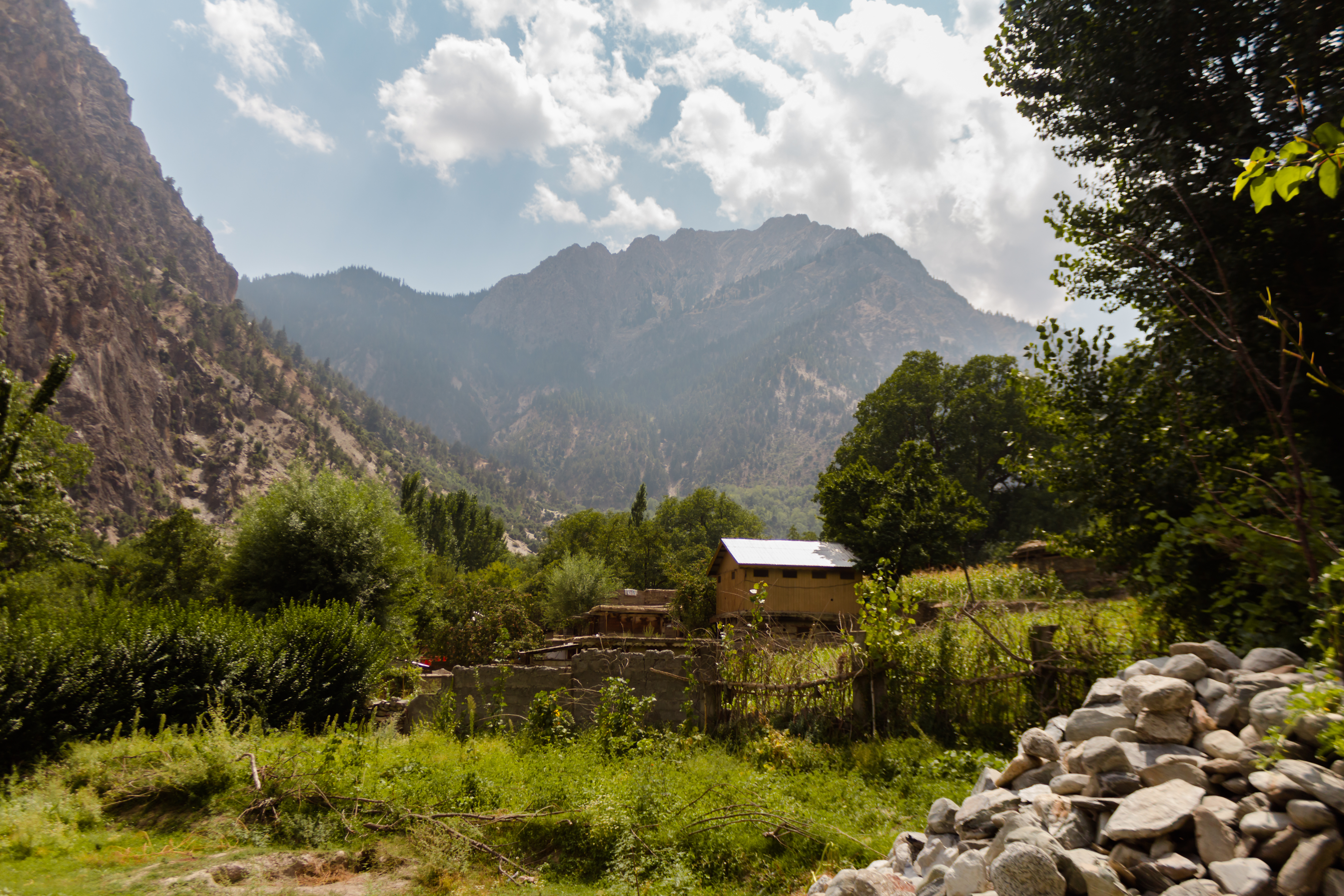Beautiful Kalash Valley - Pakistan Heaven On Earth - Photography And History
Hello World,
A Morning in Kalash
yes i say heaven on earth Pakistan is very beautiful country beautiful peoples and cities, Today i talk about 1 place called Kalash or Kalasha Valley, Its a beautiful valley in Chitral District in northern Pakistan, The valleys are surrounded by the Hindu Kush mountain range. The inhabitants of the valley are the Kalash people, who have a unique culture, language and follow a form of ancient Hinduism. There are three main valleys. The largest and most populous valley is Bumburet (Mumuret), reached by a road from Ayun in the Kunar Valley. Rumbur and Acholgah are side valleys north of Bumburet. The third valley, Biriu (Birir), is s side valley of the Kunar Valley south of Bumburet.
Beautiful Kalashi Woman Dancing

Culture:
Beautiful Kalashi Girl

The culture of the Kalash people is unique and differs in many ways from the various contemporary Islamic ethnic groups surrounding them in modern northwestern Subcontinent. They are polytheists and nature plays a highly significant and spiritual role in their daily life. As part of their religious tradition, sacrifices are offered and festivals held to give thanks for the abundant resources of their three valleys. Kalasha Desh (the three Kalash valleys) is made up of two distinct cultural areas, the valleys of Rumbur and Brumbret forming one, and Birir valley the other; Birir valley being the more traditional of the two. Kalash mythology and folklore has been compared to that of ancient Greece, but they are much closer to Indo-Iranian (pre-Zoroastrian-Vedic) traditions. The Kalash have fascinated anthropologists due to their unique culture compared to the rest in that region.
Religion:
Oldest Kalash Graveyard With Open Graves


Kalash people are divided equally between the adherents of Islam, and those that practice the traditional Kalash religion, which some observers label as animism, but scholars regard as a derivative of the ancient Indo-Aryan religion described as "a form of ancient Hinduism". According to Sanskrit linguist Michael Witzel, the traditional Kalash religion shares "many of the traits of myths, ritual, society, and echoes many aspects of Rigvedic religion" but not of the post-Rigvedic religion that developed in India. Kalash culture and belief system differ from the various ethnic groups surrounding them but are similar to those practised by the neighboring Nuristanis in northeast Afghanistan before their conversion to Islam.
"Eternity" Symbol By Kalashi Peoples

Festivals:
The three main festivals (khawsáṅgaw) of the Kalash are the Joshi festival in late May, the Uchau in autumn, and the Caumus in midwinter. The pastoral god Sorizan protects the herds in Fall and Winter and is thanked at the winter festival, while Goshidai does so until the Pul festival (pũ. from *pūrṇa, full moon in Sept.) and is thanked at the Joshi (joṣi, žōši) festival in spring. Joshi is celebrated at the end of May each year. The first day of Joshi is “Milk Day”, on which the Kalash offer libations of milk that have been saved for ten days prior to the festival. The most important Kalash festival is the Chaumos (cawmōs, ghona chawmos yat, Khowar “chitrimas” from *cāturmāsya, CDIAL 4742), which is celebrated for two weeks at winter solstice (c. Dec. 7-22), at the beginning of the month chawmos mastruk. It marks the end of the year’s fieldwork and harvest. It involves much music, dancing, and the sacrifice of many goats. It is dedicated to the god Balimain who is believed to visit from the mythical homeland of the Kalash, Tsyam (Tsiyam, tsíam), for the duration of the feast. Food sacrifices are offered at the clans’ Jeshtak shrines, dedicated to the ancestors. A Kalash man dances during the Uchau FestivalAt Chaumos, impure and uninitiated persons are not admitted; they must be purified by a waving a fire brand over women and children and by a special fire ritual for men, involving a shaman waving juniper brands over the men. The ‘old rules’ of the gods (Devalog, dewalōk) are no longer in force, as is typical for year-end and carnival-like rituals. The main Chaumos ritual takes place at a Tok tree, a place called Indra’s place, “indrunkot”, or “indréyin”. Indrunkot is sometimes believed to belong to Balumain’s brother, In(dr), lord of cattle. Ancestors, impersonated by young boys (ōnjeṣṭa ‘pure’) are worshipped and offered bread; they hold on to each other and form a chain (cf. the Vedic anvārambhaṇa) and snake through the village. The men must be divided into two parties: the pure ones have to sing the well-honored songs of the past, but the impure sing wild, passionate, and obscene songs, with an altogether different rhythm. This is accompanied by a ‘sex change’: men dress as women, women as men (Balumain also is partly seen as female and can change between both forms at will). This includes the Festival of the Budulak (buḍáḷak, the ‘shepherd king’). In this festival, a strong prepubescent boy is sent up into the mountains to live with the goats for the summer. He is supposed to get fat and strong from the goat milk. When the festival comes he is allowed for a 24-hour period only to have sexual intercourse with any woman he wants, including even the wife of another man, or a young virgin or his own mother if he wants her. Any child born of this 24-hour rampage is considered to be blessed. The Kalash claim to have abolished this practice in recent years due to negative worldwide publicity. At this crucial moment the pure get weaker, and the impure try to take hold of the (very pure) boys, pretend to mount them “like a hornless ram”, and proceed in snake procession. At this point, the impure men resist and fight. When the “nagayrō” song with the response “han sarías” (from *samrīyate ‘flows together’, CDIAL 12995) is voiced, Balumain showers all his blessings and disappears. He gives his blessings to seven boys (representing the mythical seven of the eight Devalog who received him on arrival), and these pass the blessings on to all pure men. In myth, Mahandeu had cheated Balumain from superiority, when all the gods had slept together (a euphemism) in the Shawalo meadow; therefore, he went to the mythical home of the Kalash in Tsiyam (tsíam) , to come back next year like the Vedic Indra (Rigveda 10.86). If this had not happened, Balumain would have taught humans how to have sex as a sacred act. Instead, he could only teach them fertility songs used at the Chaumos ritual. He arrives from the west, the (Kati Kafir) Bashgal valley, in early December, before solstice, and leaves the day after. He was at first shunned by some people, who were annihilated. He was however, received by seven Devalog and they all went to several villages, such as Batrik village, where seven pure, young boys received him whom he took with him. Therefore, nowadays, one only sends men and older boys to receive him. Balumain is the typical culture hero. He told people about the sacred fire made from junipers, about the sowing ceremony for wheat that involved the blood of a small goat, and he asked for wheat tribute (hushak) for his horse. Finally, Balumain taught how to celebrate the winter festival. He was visible only during his first visit, now he is just felt to be present.
500 Year old Kalashi House


A Beautiful Landscape View From My Hotel Room

Ritual:
These deities have shrines throughout the valleys, where they frequently receive goat sacrifices. In 1929, as Georg Morgenstierne testifies, such rituals were still carried out by Kalash priests, “ištikavan” ‘priest’ (from ištikhék ‘to praise a god’). This institution has since disappeared but there still is the prominent one of shamans (dehar) The deities are temporary visitors. Kalash shrines (dūr ‘house’, cf. Vedic dúr) are a wooden board or stone altar at juniper, oak, cedar trees, in 1929 still with the effigy of a human head inside holes in these shrines. Horses, cows, goats and sheep were sacrificed. Wine is a sacred drink of Indr, who owns a vineyard that he defends against invaders. Kalash ritual is of potlatch type; by organizing rituals and festivals (up to 12; the highest called biramōr) one gains fame and status. As in the Veda, the former local artisan class was excluded from public religious functions. However, there is a special role for prepubescent boys, who are treated with special awe, combining pre-sexual behavior and the purity of the high mountains, where they tend goats for the summer month. Purity is very much stressed and centered around altars, goat stables, the space between the hearth and the back wall of houses and in festival periods; the higher up in the valley, the more pure the location. By contrast, women (especially during menstruation and giving birth), as well as death and decomposition and the outside (Muslim) world are impure, and, just as in the Veda and Avesta, many cleansing ceremonies are required if impurity occurs. Crows represent the ancestors, and are frequently fed with the left hand (also at tombs), just as in the Veda. The dead are buried above ground in ornamented wooden coffins. Wooden effigies are erected at the graves of wealthy or honoured people.
Beautiful Kalashi Kid


Beautiful Kalashi House

Pakistan is very beautiful country , we have beautiful peoples and culture, this is many other beautiful citys, in future i can post more about Pakistan, Respect And Peace from Pakistan - thank you. :)
All Picture are My Own :- http://www.instagram.com/aaa.dil <<-- Follow me on instagram
History Source :- https://thekalashatimes.wordpress.com - https://en.wikipedia.org/wiki/Kalasha_Valleys - https://en.wikipedia.org/wiki/Kalash_people
My Photography Blog :- http://clickinseconds.blogspot.com/